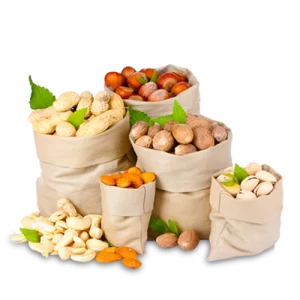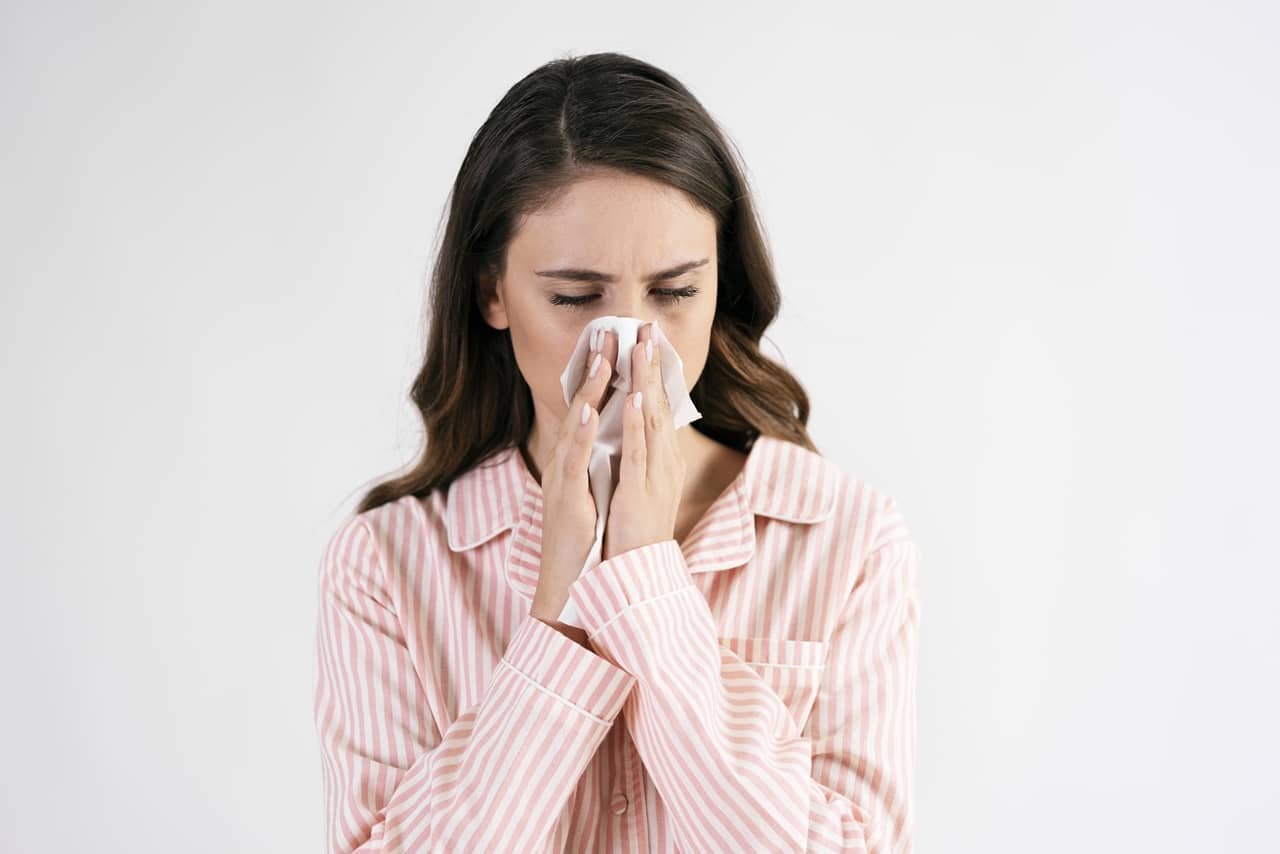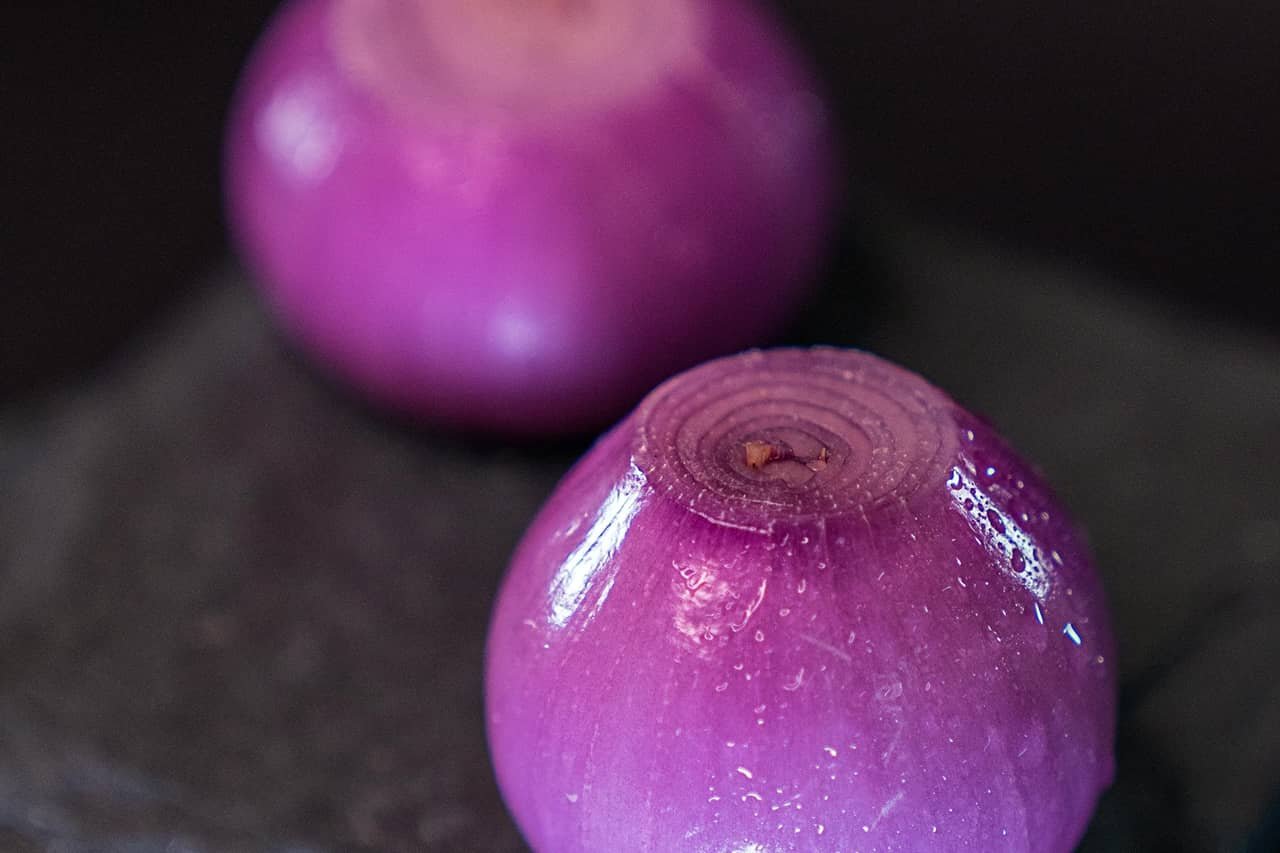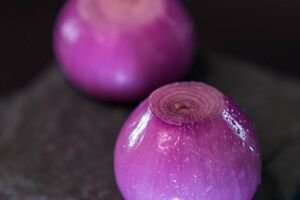
A balanced diet is a way of eating that provides the body with all the essential nutrients it needs to function correctly. It typically includes a variety of foods from different food groups in appropriate proportions. A balanced diet should contain the right mix of macronutrients, such as carbohydrates, proteins, and fats, as well as micronutrients, such as vitamins and minerals.
The Indian diet is rich in carbohydrates and plant-based foods like grains, lentils, and vegetables. However, it can also be high in saturated fats, sugar, and salt. Therefore, it is essential to choose foods wisely and create a balanced diet chart that meets your specific nutritional needs.
Best Balanced Diet Chart for Adults in India
Here is a sample balanced diet chart for adults in India, based on the dietary recommendations of the Indian Council of Medical Research (ICMR):
1. Grains: 6 servings (1 serving = 30 grams)

- Choose whole grains like brown rice, whole wheat bread, and whole grain pasta.
- Include millets like jowar, bajra, and ragi in your diet.
2. Pulses and Legumes: 1 serving (1 serving = 30 grams)

- Include lentils, beans, and chickpeas in your diet.
3. Vegetables: 3 servings (1 serving = 100 grams)

- Choose a variety of colorful vegetables like carrots, beets, spinach, and broccoli.
- Consume at least one serving of dark green leafy vegetables every day.
4. Fruits: 2 servings (1 serving = 100 grams)

- Include a variety of fruits like apples, bananas, oranges, and berries.
- Consume seasonal fruits for optimal nutrition.
5. Milk and Milk Products: 1 serving (1 serving = 200-250 ml)

- Choose low-fat milk and milk products like yogurt, paneer, and buttermilk.
- Avoid full-fat milk and cream-based desserts.
6. Nuts and Oilseeds: 1 serving (1 serving = 15 grams)

- Include almonds, walnuts, and flaxseeds in your diet.
- Avoid salted or fried nuts and choose raw or roasted options instead.
7. Fats and Oils: 3-4 servings (1 serving = 5 grams)

- Use healthy fats like olive oil, mustard oil, and coconut oil.
- Limit the use of ghee, butter, and other saturated fats.
8. Sugar and Salt: Limit intake

- Use natural sweeteners like honey or jaggery in moderation.
- Limit the use of salt in your diet and choose low-sodium options.
In addition to the tips mentioned above, here are a few more suggestions to help you achieve a balanced diet:
Increase fiber intake: Include high-fiber foods like whole grains, fruits, vegetables, and legumes in your diet to aid digestion and promote satiety.
Choose lean protein sources: Choose lean protein sources like fish, chicken, and tofu, and limit the intake of red meat.
Include probiotics in your diet: Probiotics are beneficial bacteria that help maintain a healthy gut. Include probiotic-rich foods like yogurt, kefir, and fermented vegetables in your diet.
Choose seasonal and local produce: Choosing seasonal and local produce not only ensures that you are consuming fresh and nutrient-dense foods but also supports the local economy.
Be mindful of food allergies and intolerances: If you have food allergies or intolerances, be sure to avoid those foods and find suitable alternatives.
Limit alcohol intake: Limit your alcohol intake, as excessive consumption can have negative health effects.
Get enough sleep: Adequate sleep is crucial for overall health and well-being. Aim for 7-8 hours of sleep per night.
Remember, achieving a balanced diet requires a long-term commitment to healthy eating habits. Make small changes to your diet gradually and stick to them consistently. With patience and perseverance, you can achieve optimal nutrition and improve your overall health.
Tips For Achieving Optimal Nutrition

Here are some tips for achieving optimal nutrition on a balanced diet:
Plan your meals: Plan your meals in advance to ensure that you are consuming a variety of foods and getting the right mix of nutrients.
- Choose whole foods: Choose whole foods like fruits, vegetables, whole grains, and lean proteins over processed and packaged foods.
- Eat a variety of foods: Consume a variety of foods from each food group to ensure that you are getting all the necessary nutrients.
- Control portion sizes: Control your portion sizes to avoid overeating and maintain a healthy weight.
- Drink plenty of water: Drink at least 8-10 glasses of water every day.
- Reduce intake of processed foods: Reduce your intake of processed foods like chips, cookies, and sugary drinks, which are high in calories and low in nutrients.
- Cook at home: Cook at home whenever possible, as this allows you to control the ingredients and ensure that you are consuming a balanced diet.
- Avoid skipping meals: Avoid skipping meals, especially breakfast, as this can lead to overeating later in the day.
- Be mindful of snacking: Be mindful of snacking and choose healthy options like fruits, nuts, and low-fat yogurt.
- Get enough physical activity: Combine a balanced diet with regular physical activity to achieve optimal health and well-being.
7-Day Healthy Eating Plan For Indian
Remember to adjust portion sizes based on your individual needs and consult with a healthcare professional or a nutritionist if you have specific dietary requirements or health concerns.
Day 1:
Breakfast: Vegetable poha (flattened rice with veggies) with a side of plain yogurt.
Lunch: Roti with dal (lentils), mixed vegetable sabzi, and a small portion of brown rice.
Snack: Fresh fruit like an apple or a pear.
Dinner: Grilled chicken or paneer (cottage cheese) with a side of quinoa and sautéed greens.
Day 2:
Breakfast: Oatmeal with sliced bananas and a sprinkle of chia seeds.
Lunch: Whole wheat chapati with chickpea curry (chole), salad, and a serving of brown rice.
Snack: Greek yogurt with a handful of mixed nuts.
Dinner: Grilled fish or tofu with stir-fried vegetables and a small portion of millet.
Day 3:
Breakfast: Vegetable uttapam (savory pancakes) with coconut chutney.
Lunch: Lentil soup (sambar) with brown rice and a side of stir-fried cabbage.
Snack: A bowl of mixed berries.
Dinner: Quinoa biryani with mixed vegetables and a side of raita.
Day 4:
Breakfast: Whole grain toast with avocado and poached eggs.
Lunch: Roti with spinach and paneer curry, along with a serving of quinoa.
Snack: Hummus with carrot and cucumber sticks.
Dinner: Grilled chicken or tofu with a side of roasted sweet potatoes and steamed broccoli.
Day 5:
Breakfast: Greek yogurt parfait with granola and fresh berries.
Lunch: Brown rice with black bean curry, mixed vegetable sabzi, and a side of cucumber salad.
Snack: A handful of almonds and walnuts.
Dinner: Lentil and vegetable stew with whole wheat bread.
Day 6:
Breakfast: Moong dal cheela (lentil pancakes) with mint chutney.
Lunch: Chapati with rajma (kidney bean curry), mixed vegetable sabzi, and a small portion of brown rice.
Snack: Sliced mango with a dash of chaat masala.
Dinner: Grilled shrimp or tofu with quinoa and a side of sautéed asparagus.
Day 7:
Breakfast: Smoothie with spinach, banana, mango, and a scoop of protein powder.
Lunch: Whole wheat chapati with aloo gobi (potato and cauliflower curry) and a serving of brown rice.
Snack: Yogurt with a drizzle of honey and a sprinkle of flaxseeds.
Dinner: Baked chicken or paneer tikka with a side of bulgur and roasted Brussels sprouts.
Remember to stay hydrated throughout the day by drinking plenty of water, and feel free to customize the plan based on your preferences and dietary requirements. Additionally, include regular physical activity for overall well-being.
Healthy Indian Diet Chart For Weight Gain
Here’s the example of healthy Indian diet chart for weight gain:
Day 1:
Breakfast:
Paratha (stuffed Indian flatbread) with potato and paneer filling
Curd (yogurt)
Mango or banana
Mid-Morning Snack:
Almond and date smoothie
Lunch:
Brown rice or millet with rajma (kidney beans) curry
Mixed vegetable sabzi
Cucumber and mint raita
Afternoon Snack:
Whole wheat bread sandwich with chicken or paneer filling
Handful of mixed nuts
Dinner:
Roti with chicken curry or lentil dal
Quinoa or brown rice
Spinach and fenugreek (methi) saag
Evening Snack:
Banana or mango shake with whole milk
Before Bed Snack:
Greek yogurt with a sprinkle of chia seeds
Day 2:
Breakfast:
Upma (semolina porridge) with vegetables and nuts
Orange or guava
Mid-Morning Snack:
Cottage cheese (paneer) cubes with a handful of grapes
Lunch:
Chapati with bhindi masala (okra curry) and dal tadka
Brown rice
Carrot and beetroot salad
Afternoon Snack:
Whole grain crackers with cheese
Dinner:
Roti with fish curry or chickpea curry (chole)
Quinoa or brown rice
Stir-fried mixed vegetables
Evening Snack:
Mango or banana smoothie with a spoon of peanut butter
Before Bed Snack:
Greek yogurt with sliced almonds
Day 3:
Breakfast:
Poha (flattened rice) with peas and peanuts
Curd (yogurt)
Apple or papaya
Mid-Morning Snack:
Banana and walnut milkshake
Lunch:
Chapati with aloo gobi (potato and cauliflower curry) and dal
Brown rice
Cabbage and carrot sabzi
Afternoon Snack:
Multigrain toast with avocado
Dinner:
Roti with mutton curry or masoor dal (red lentil curry)
Quinoa or brown rice
Spinach and tomato curry
Evening Snack:
Curd (yogurt) with honey and sliced mango
Day 4:
Breakfast:
Ragi (finger millet) porridge with jaggery and nuts
Curd (yogurt)
Mango or banana slices
Mid-Morning Snack:
Mix of dried fruits like apricots, figs, and dates
Lunch:
Chapati with palak paneer (spinach and cottage cheese curry) and dal
Quinoa or brown rice
Beetroot and carrot salad
Afternoon Snack:
Whole grain bread with hummus
Handful of cashews
Dinner:
Roti with chicken curry or rajma (kidney beans) curry
Brown rice
Stir-fried broccoli and bell peppers
Evening Snack:
Banana or mango smoothie with a scoop of protein powder
Before Bed Snack:
Greek yogurt with sliced almonds and a drizzle of honey
Day 5:
Breakfast:
Semolina (sooji) pancakes with banana and honey
Curd (yogurt)
Kiwi or pineapple
Mid-Morning Snack:
Trail mix with almonds, walnuts, and dried fruits
Lunch:
Chapati with chicken curry or masoor dal (red lentil curry)
Brown rice
Capsicum and potato sabzi
Afternoon Snack:
Multigrain crackers with cheese and grapes
Dinner:
Roti with fish curry or chana masala (chickpea curry)
Quinoa or brown rice
Sauteed spinach with garlic
Evening Snack:
Cottage cheese with sliced mango and a pinch of chaat masala
Before Bed Snack:
A glass of warm milk with a teaspoon of ghee
Feel free to adjust the portion sizes and specific food items based on your taste preferences and dietary needs. It’s essential to stay consistent with your meals and combine this meal plan with a structured weight training program for effective weight gain. If you have any health concerns or specific dietary requirements, it’s recommended to consult with a healthcare professional or a registered dietitian.
Day 6:
Breakfast:
Whole grain dosa with potato filling
Curd (yogurt)
Sliced mango or banana
Mid-Morning Snack:
Handful of pistachios and dried apricots
Lunch:
Chapati with egg curry or dal makhani
Brown rice
Mixed vegetable stir-fry
Afternoon Snack:
Banana and almond butter smoothie
Dinner:
Roti with lamb curry or paneer tikka masala
Quinoa or brown rice
Grilled zucchini and bell peppers
Evening Snack:
Greek yogurt with granola and berries
Before Bed Snack:
Cottage cheese with a drizzle of honey and a few cashews
Day 7:
Breakfast:
Vegetable uttapam (savory pancakes) with coconut chutney
Curd (yogurt)
Kiwi or papaya slices
Mid-Morning Snack:
Trail mix with mixed nuts and dried fruits
Lunch:
Chapati with chicken curry or black lentil dal
Brown rice
Cabbage and peas sabzi
Afternoon Snack:
Whole grain toast with avocado and a sprinkle of chaat masala
Dinner:
Roti with fish curry or rajma (kidney beans) curry
Quinoa or brown rice
Stir-fried asparagus and carrots
Evening Snack:
Mango or banana smoothie with a scoop of protein powder
Before Bed Snack:
A glass of warm milk with a teaspoon of turmeric and a pinch of black pepper
Remember, along with this meal plan, engage in regular strength training exercises to promote muscle growth. Adjust the portion sizes based on your individual needs and listen to your body’s hunger and fullness cues. If you have any health concerns or specific dietary requirements, consult with a healthcare professional or a registered dietitian for personalized advice.
Before Bed Snack:
Cottage cheese with a drizzle of honey
Remember to customize this meal plan based on your preferences and dietary requirements. Additionally, it’s important to engage in regular strength training exercises to build muscle mass. If you have any specific health concerns, it’s advisable to consult with a healthcare professional or a nutritionist.
Conclusion
A balanced diet is essential for maintaining good health and preventing chronic diseases. A balanced diet chart for adults in India should include a variety of foods from different food groups in appropriate proportions. By following a balanced diet, you can ensure that you are getting all the essential nutrients you need to support bodily functions and maintain optimal health. Remember to consult with a registered dietitian or a healthcare professional before making any significant changes to your diet.
- The Benefits of Applying Curd On Hair
- How to Cure Lost Voice Overnight? Effective Home Remedies to Cure a Lost Voice Overnight
- How To Cure Lactose Intolerance? Strategies and Lifestyle To Managing Lactose Intolerance
- The Health Benefits of Onion
- 11 Effective Home Remedies for Healing Anal Fissures
- How To Cure Neck Pain Fast At Home Remedies?
- Pumpkin Health Benefits For Women And Men
- How To Eat Chia Seeds | A Guide on How to Eat Chia Seeds for Optimal Nutrition and Flavorful Wellness
- What Is Moringa and its Health Benefits?
- Lion Mane Powder: Lion Mane Powder for Maximum Results, Side Effects
















